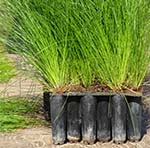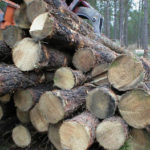Forestry 101: Getting Started With Management
What do you want to do with your land? Do you want to generate income to send children or grandchildren to college? Improve wildlife habitat or enhance biodiversity? Create a peaceful weekend getaway? Whatever you hope to achieve with your woodlands, it helps to have a plan. A written forest management plan identifies goals for your woodlands and outlines the steps you will take to reach your goals. It provides direction for management decisions and is required for participation in most stewardship, cost-share and tax relief programs. The resources below will help you learn about the benefits of having a forest management plan and what a plan should include. There are many professionals who can help you develop and implement a plan.
 |
WHY YOU NEED A FOREST MANAGEMENT PLANHaving and implementing a management plan provides for a healthier forest. It also helps save time and money while increasing returns and enjoyment. To be eligible to participate in certification and tax and cost-share programs you must have a written management plan. Discover how a management plan can help you and your forest here.
|
 |
SETTING GOALS AND OBJECTIVESGoals and objectives are a landowner’s big-picture vision for the property and are the most important part of a forest management plan. They are the foundation for all management decisions and activities. Read here to learn things you should consider when setting your goals and objectives. |
 |
MAINTAINING RECORDSKeeping good records of management activities is important for income tax purposes, complying with certification requirements and making better forest management decisions. Learn about the documents you should keep and why you should keep them. |
